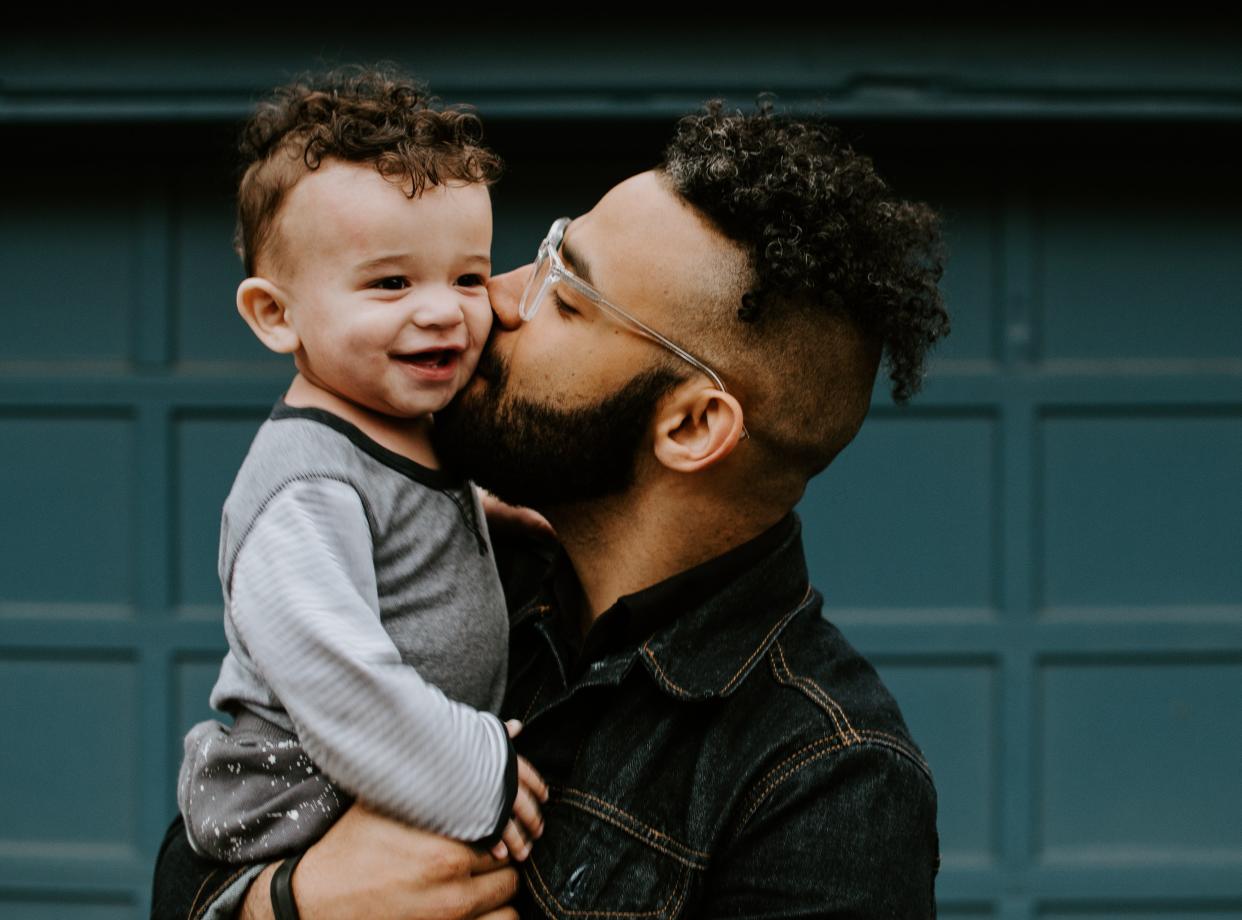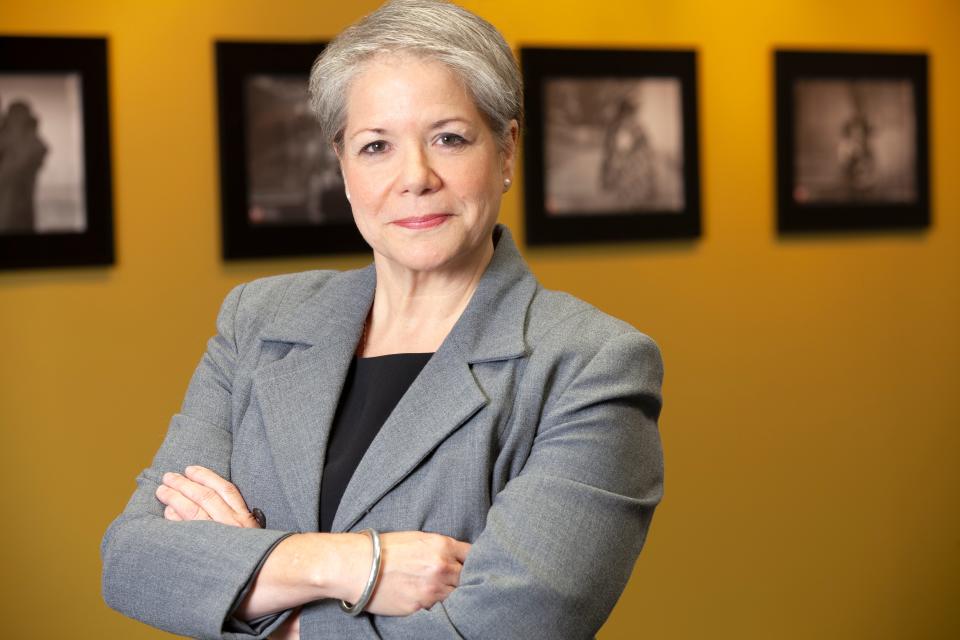Opinion: 5 things you probably have wrong about adopting kids in foster care.

Rita Soronen is president and CEO of the Dave Thomas Foundation for Adoption.
Right now, more than 113,000 children in foster care across the United States are waiting for someone to step forward to adopt them.
Unfortunately, the myths and misperceptions surrounding foster care adoption can give some prospective parents pause. But when we take the time to correct these common myths, we become part of the solution to ensure that every child has a permanent home and a loving family.
Opinion: 'Reprehensible practice' sees foster children with disabilities displaced over money
Our View: With most abortions banned, Ohio must do more for help parentless kids
A simple conversation could be all it takes to change the life of a waiting child.
Myth 1: It is too expensive.
Foster care adoption typically costs zero to $1,500, and financial support is available for families, including federal and state tax credits. Many employers also provide adoption benefits.
In addition, subsidies follow most children in foster care until they are 18 or 21 years old, and assistance with college expenses for older youth is increasingly accessible as well.
Myth 2: Children are placed in foster care because they are juvenile delinquents.
The 2022 U.S. Adoption and Foster Care Attitudes Survey, conducted by The Harris Poll on behalf of the Dave Thomas Foundation for Adoption, revealed that more than half (51%) of Americans surveyed incorrectly believe that children are placed in foster care because they have done something wrong. It is a misconception that we must continue to fight.
Children are placed in foster care after enduring abuse, neglect, parental drug use or other issues, and many have experienced countless layers of trauma, grief and loss in their lives. The unfortunate reality is that many of these children are not returning to their family of origin because it is not safe. These youth need and deserve the support of a family and caring adults to address the issues they experienced going into care, while they were waiting to be adopted and after the adoption is finalized.
Myth 3: Adoptive parents must be young, heterosexual and married.

Families who adopt are as unique and diverse as the children in their care, and children in foster care do not need to wait for some specific notion of family. Families come in all shapes and sizes, with 28% of adoptive children living in single-parent homes. You do not need to own a home, be young, wealthy, in a heterosexual marriage or be a stay-at-home parent to be the right family for a waiting child.
There is no ideal age to become an adoptive parent. Almost 25% of adopted children live with a parent who is 55 years or older. Additionally, nearly 2.6 million children are being raised by grandparents or are in kinship care.
Myth 4: Older youth in foster care will be fine on their own.
You are never too old to need the support of a permanent family, and teenagers need and want parents just as much as younger children.
Sadly, the 2022 U.S. Adoption and Foster Care Attitudes Survey revealed that 30% percent of Americans feel youth not adopted by the time they are adults will be fine on their own. But research shows that without the support and safety net of a permanent family, one in five youth will be homeless after age 18, and only 50% will be employed at age 24 (Jim Casey Youth Opportunities Initiative, Cost Avoidance: The Business Case for Investing In Youth Aging Out of Foster Care, 2013).
Myth 5: A child’s birth family can “reclaim” them after they are adopted.
According to the 2022 U.S. Adoption and Foster Care Attitudes Survey, nearly 80% of people who have considered foster care adoption are concerned that a child’s family of origin could regain custody post adoption.
Adoptive parents have the same rights, responsibilities and protections as parents whose children were born to them. This also means children who have been adopted have all the emotional, social, legal and familial benefits of biological children. It is critical to remember, though, that children will always identify with their biological family and will continue to feel the grief and loss of that family, so it is equally important for the adoptive family to determine how or if a child can safely maintain contact with their extended family of origin.
With more accurate information, real-time access to resources and a supportive network, providing a safe, loving and permanent home for children in need can be a viable and joyful option for many more families.
Our founder, Dave Thomas who was adopted, always said, “These children are not someone else’s responsibility. They are our responsibility.” You can help ensure that youth still lingering in foster care do not wait any longer for the stability of a permanent, loving home.
Rita Soronen is president and CEO of the Dave Thomas Foundation for Adoption.
This article originally appeared on The Columbus Dispatch: 5 things to know about foster care adoption.

